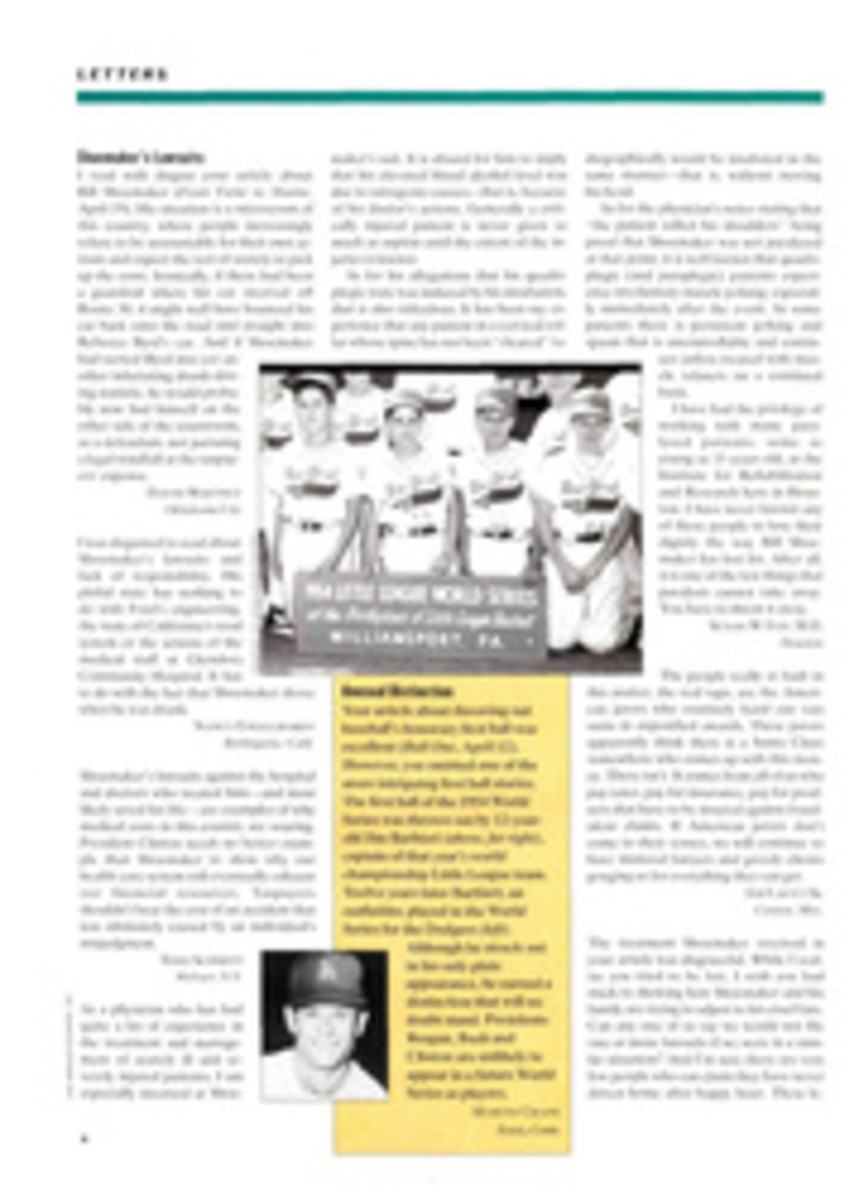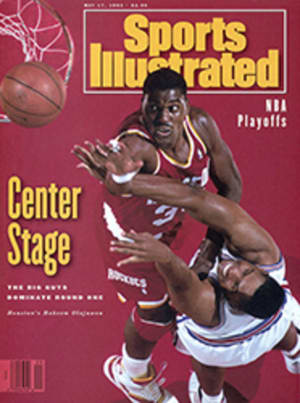
FROM THE MANAGING EDITOR
SPORTS ILLUSTRATED contributing writer John Ed Bradley, whose profile of former heavyweight champion Buster Douglas begins on page 68, has written a slew of magazine articles on subjects ranging from actor Dennis Quaid to the Dixie Mafia. But he is most comfortable when interviewing athletes—and with good reason. An offensive lineman at LSU from 1976 to '79, Bradley was named second-team All-SEC as a senior. Pro scouts talked to him, but his true calling beckoned. "I had a notion of myself as a novelist," says Bradley. "I wanted to be Hemingway or Kerouac."
Bradley had developed that hankering as a freshman, when he was a premed student and falling behind in his zoology studies because of football. "I had always liked writing," he says, "so I took some English classes to pick up my grades, read a lot of novels and got the bug." It stuck with him at LSU's law school, which, recalls Bradley, he "quit after about five minutes," and, after that, as a graveyard-shift janitor at a gas company near his hometown of Opelousas, La. "I would report to the building at 11 p.m., work until midnight and then sit on a bucket and read until 7 a.m. In six months I read all of Hemingway, Faulkner and Robert Penn Warren."
Weary of sitting on buckets, he wrote to The Washington Post in 1982. "I had worked for two or three months at a small paper when I was 19 or 20," he says, "and that was about it. But I told the people at the Post I was this hot young talent, and I think they were impressed that I had played football. They gave me a look."
That look included sending him to the first boxing matches he had ever attended, in New Orleans. "My assignment was to ask the fighters if they feared death when they stepped into the ring," he says. "One kid was carried off on a stretcher, and I had to ask him in front of his menacing-looking father if he feared death."
Bradley apparently pulled off that assignment with aplomb, for the Post hired him as a full-time sportswriter in 1983. He stayed until 1987, turning in his letter of resignation the day after he sold his first novel, Tupelo Nights. That critically acclaimed work, about a young man who passes up a pro football career to return to his hometown, takes place in Old Field, a fictional small town very much like Opelousas.
So Bradley went home to Opelousas to work on The Best There Ever Was, a 1990 novel that SI's Ron Fimrite called "a mordantly funny, ultimately sad" tale of a bawdy has-been football coach at "a university in Louisiana that bears a remarkable resemblance to LSU." Bradley's third novel, Love & Obits (1992), is about a Washington, D.C., newspaperman, and his latest novel, as yet untitled, which is to be published in the spring of 1994, is set...in a town like Opelousas. It seems Bradley likes to write what he knows. That suits us just fine.
PHOTO
JOHN CHIASSON/GAMMA LIAIS
Bradley understands heavy boxing subjects.
PHOTO
RICK SHINABERY
Bradley drew upon his playing days at LSU for two of his novels.

